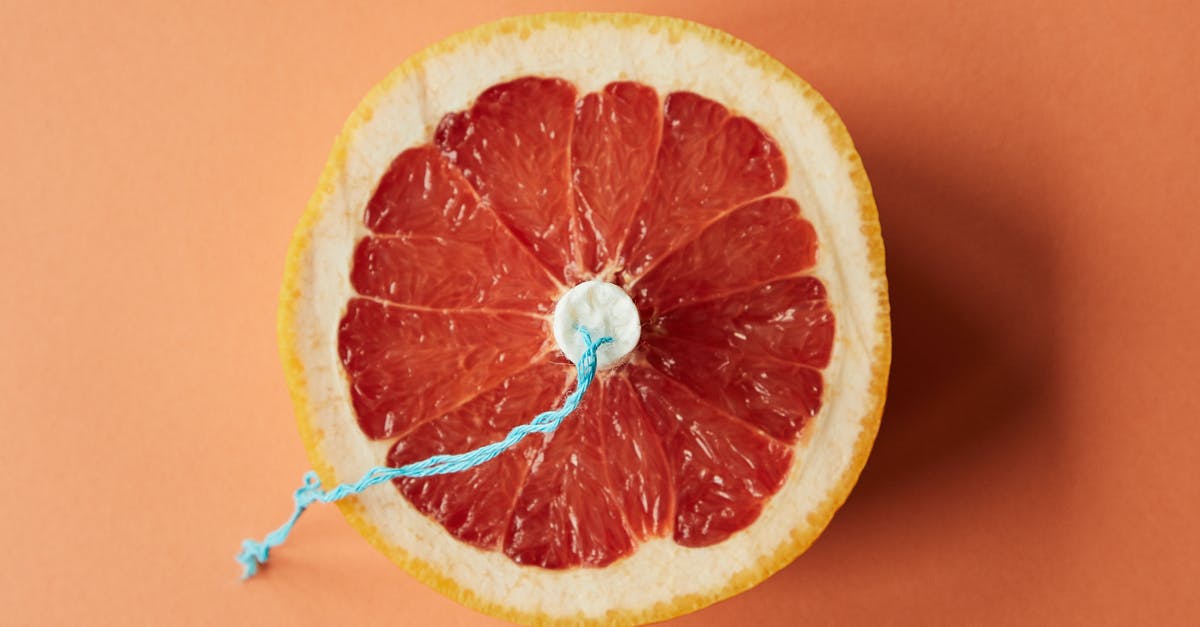How to use gelatin on fruit pie?

I feel very stupid for asking this, but I've never worked with gelatin. I know how to work with powder or sheets, if you put it in something like panna cotta. I also know there's an issue with gelatin and temperature.
But I want to put gelatin on top of my banana pie, like the professional ones. So I have the bottom, which is the dough, then the cream and then some slices bananas. I would like some gelatin on those bananas. Should I bake the pie first and afterwards, put some gelatin on it? Or put gelatin on it and bake then?
And does it make a difference here if I use powdered or sheet gelatin?
Best Answer
It makes no difference whether you use sheet or powdered. Just make sure to use the right amount. It should be given on the package, like "this sachet is enough for 500 ml liquid". You can try to use less than indicated for a softer texture, but if you don't use enough, it will stay liquid, so you may need to experiment until you get it right.
You can't bake gelatin. It is a protein and denaturates at 50°C. The proper way is to bake your pie or fruit cake as always, and after it is ready, pour the gelatin containing liquid over the fruits and wait for it to congeal. (I am assuming here that you just want a gelatin glaze over a complete pie. If you want a complete gelatinized filling, everything below applies. Bake a shell, put the fruit in it, then fill it with the liquid).
The liquid itself can be pure water, or water syrup, or, if you used canned fruit, you can catch the liquid from the can and strain it. Then use it, pure or diluted with water. Sugar of food coloring don't interfere with gelatin, use them as you see fit (I think it's popular to color the gelatin on strawberry cakes a light red).
The mixing is very similar to panna cotta. First, bloom your gelatin by putting it into a cup with some water (1-2 tbsp) and leaving it for awhile. It should soak up the water, use it while it still looks moist, before the granules stick to each other. It usually takes around 5 minutes. Meanwhile, warm your liquid on a very low setting. It is best to use a thermometer. Dump the gelatine into the liquid while still on the heat. Stir until dissolved completely, never let it get too warm. When dissolved, remove from the heat and pour immediately.
There aren't many things which interfere with gelatin, but some fruits (or the enzymes in them) do. These tend to be tropical fruits with at least moderate acidity, like papaya, mango, kiwi and pineapple. If you pour gelatine on them when they are raw, it will have trouble setting. Cooking them should help, but I don't know how long or what temperature. If they are canned, it should be OK. Bananas are not a problem, even when raw.
And because you said you want to make it "professional": If you are talking about a thin glaze, gelatin is not your only choice. You can use starch as a thickener, many professional bakeries do so. It eliminates the possibility of getting the right texture of the glaze (which will be rubbery with too much gelatine and half liquid if you don't use enough), and maybe you'll feel more comfortable with it.
Pictures about "How to use gelatin on fruit pie?"



How and why to successfully soak (bloom) gelatin! #CookingTipsAndTricks
More answers regarding how to use gelatin on fruit pie?
Answer 2
I suspect most professional chef's don't glaze with gelatin for fruit tarts/pies etc, as it will have the wrong texture compared to the soft fruit
Use hot Appelstroop (dutch apple jelly) after the tart is baked and drizzle it on, or better yet use your kitchen Badger Air-Brush with an open nozzle, or just brush it on
Add extra ascorbic acid to the glaze for fruit preservation properties
You could also try apple, quince, pomegranate, or other clear-ish fruit juice, concentrated or thickened with arrowroot
Answer 3
IF i wanted to do something like this I would just brush on aspic jelly.I would not use anything that would leave a taste. Another more solid substance would be Guar gum although why you would want to use that I cannot say. If you tried to put gelatine on your fruit and then baked it the pastry would be destroyed.The Gelatine would break down. Gelatine should go “inside” the product (like a mousse) and not on top.
Sources: Stack Exchange - This article follows the attribution requirements of Stack Exchange and is licensed under CC BY-SA 3.0.
Images: Laker, Laker, Karolina Grabowska, Laker
